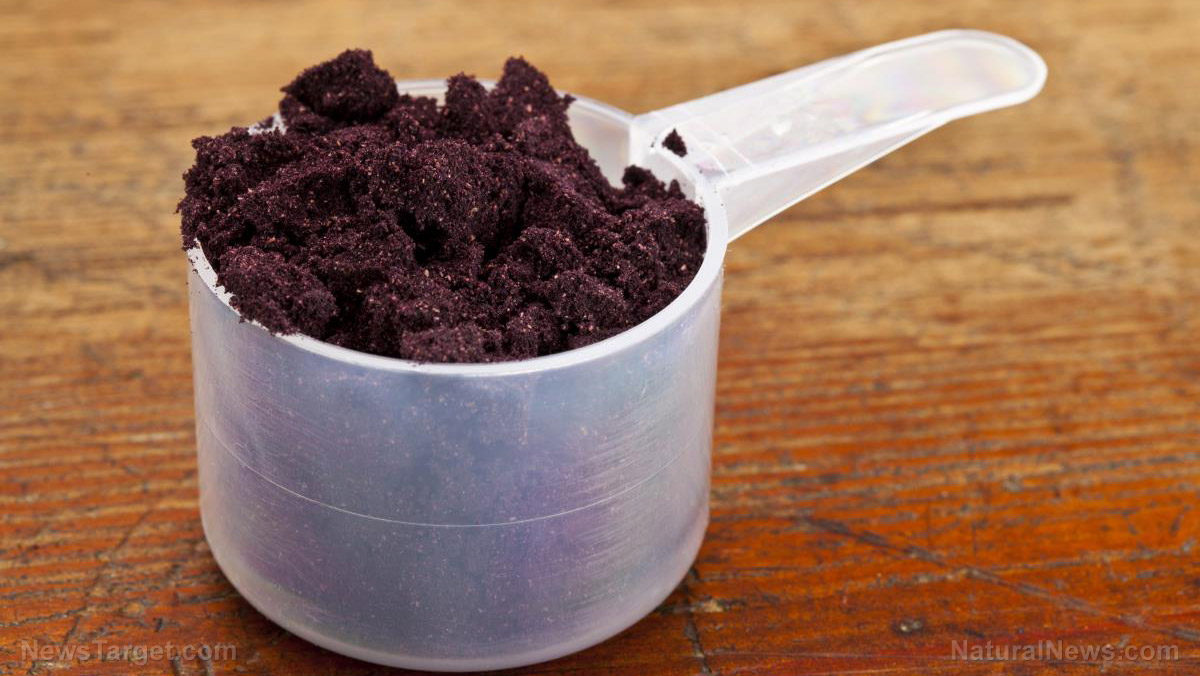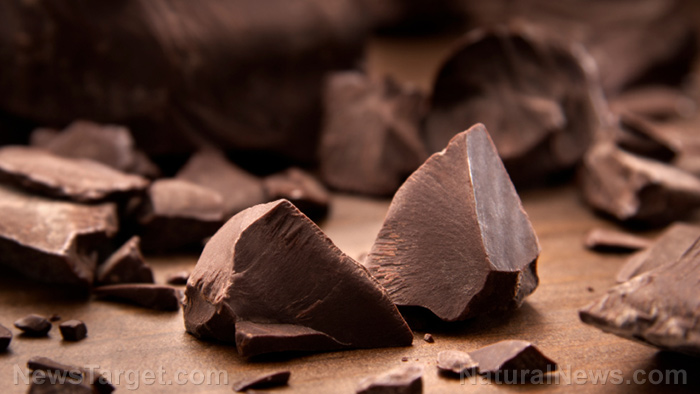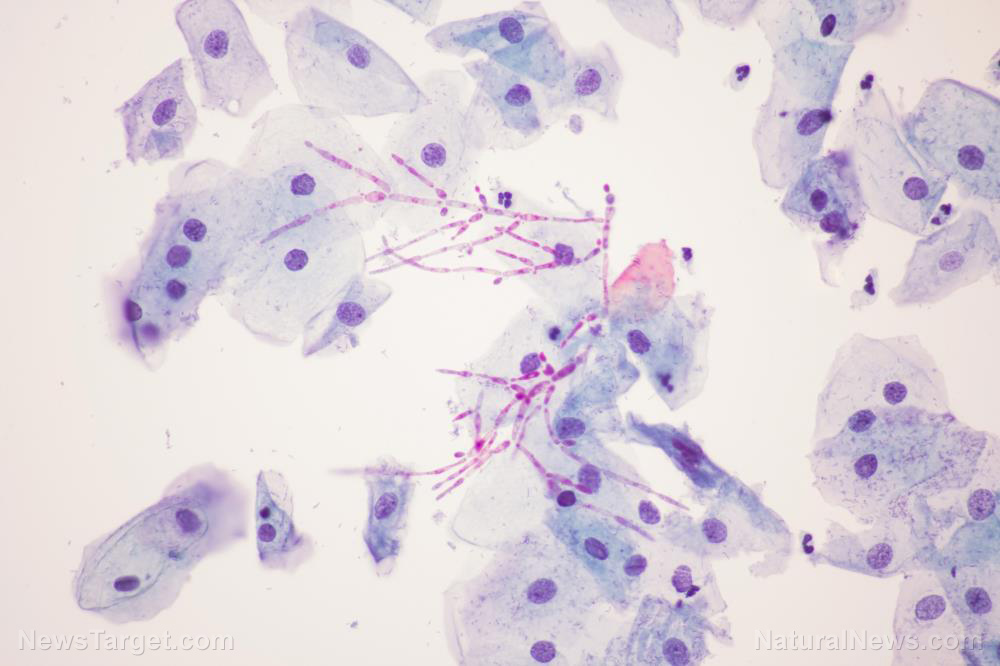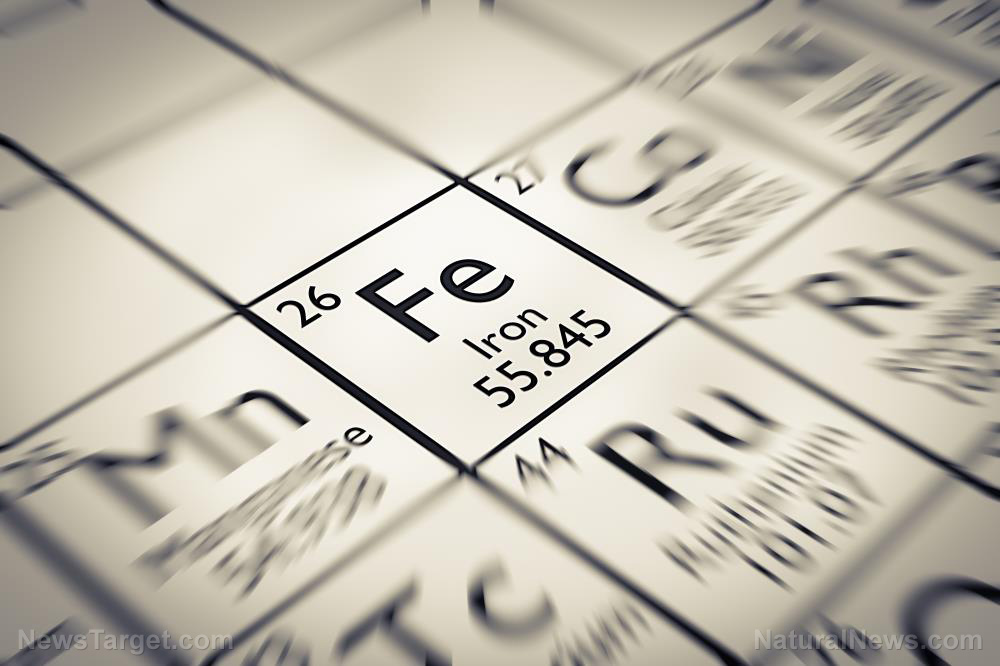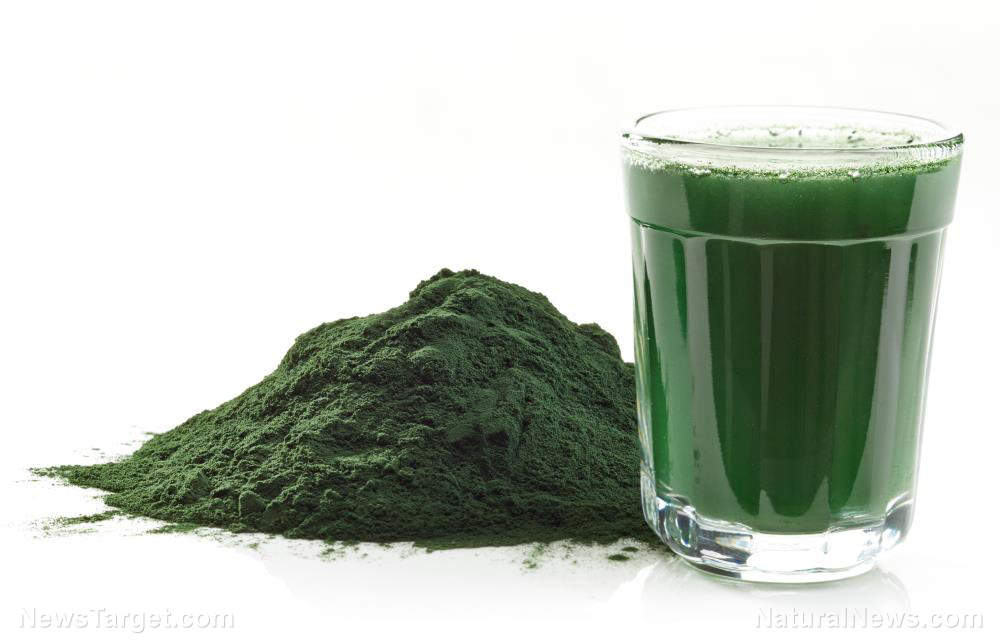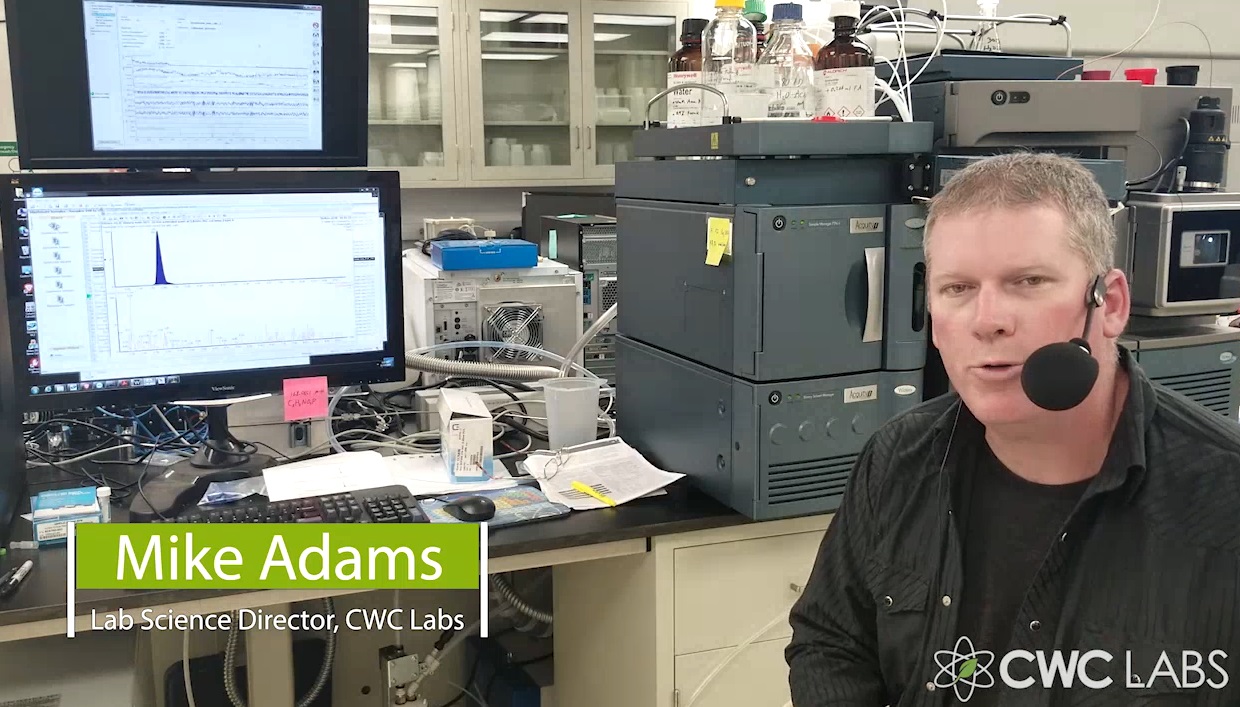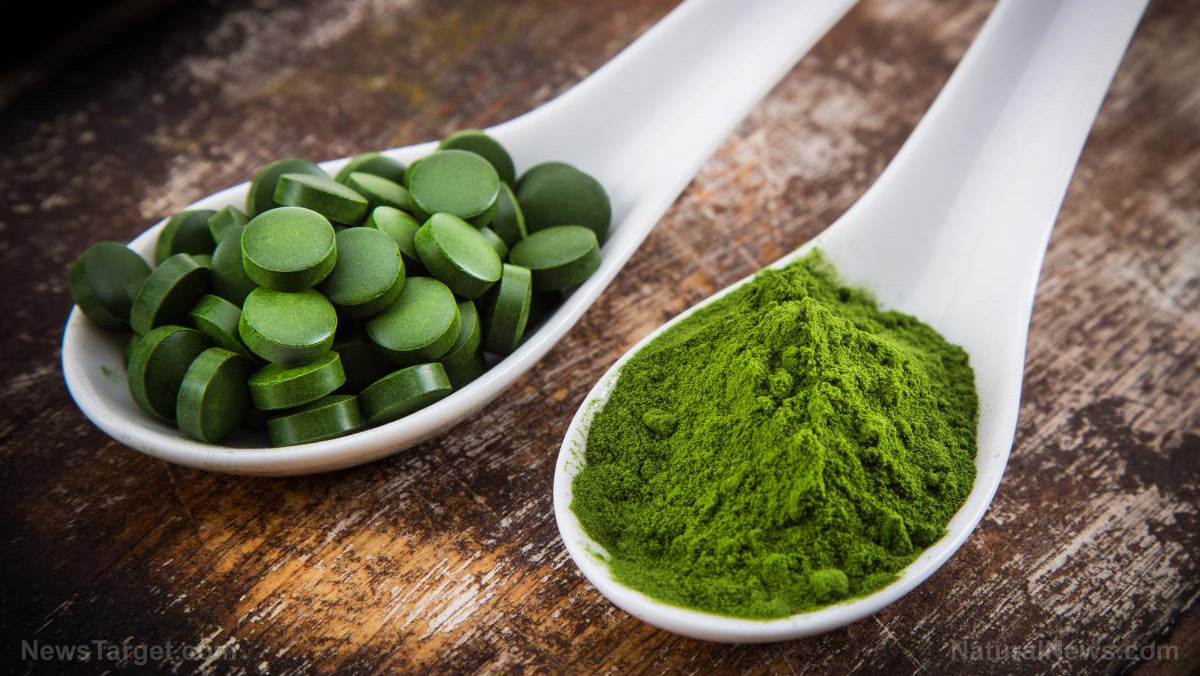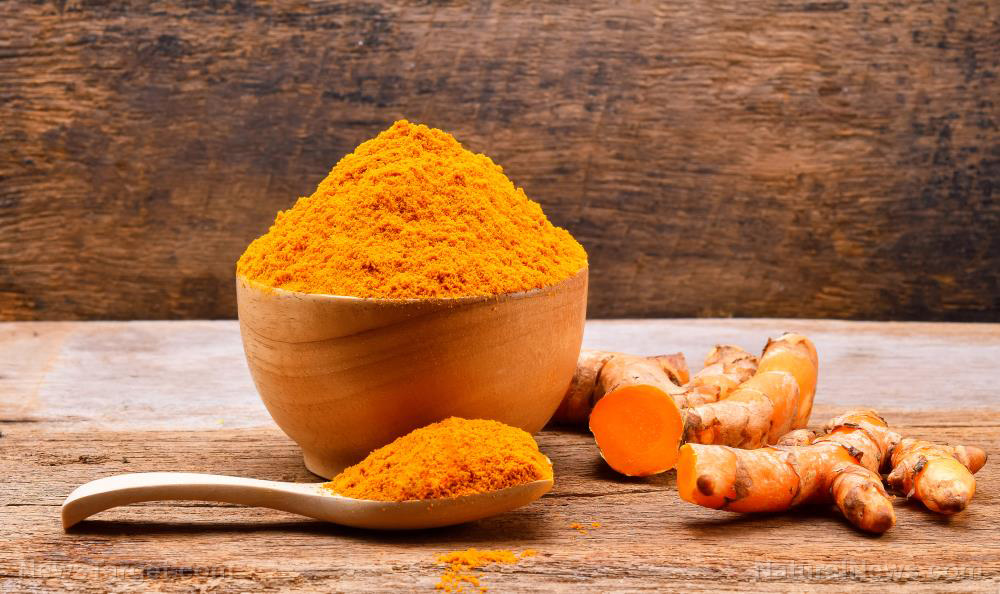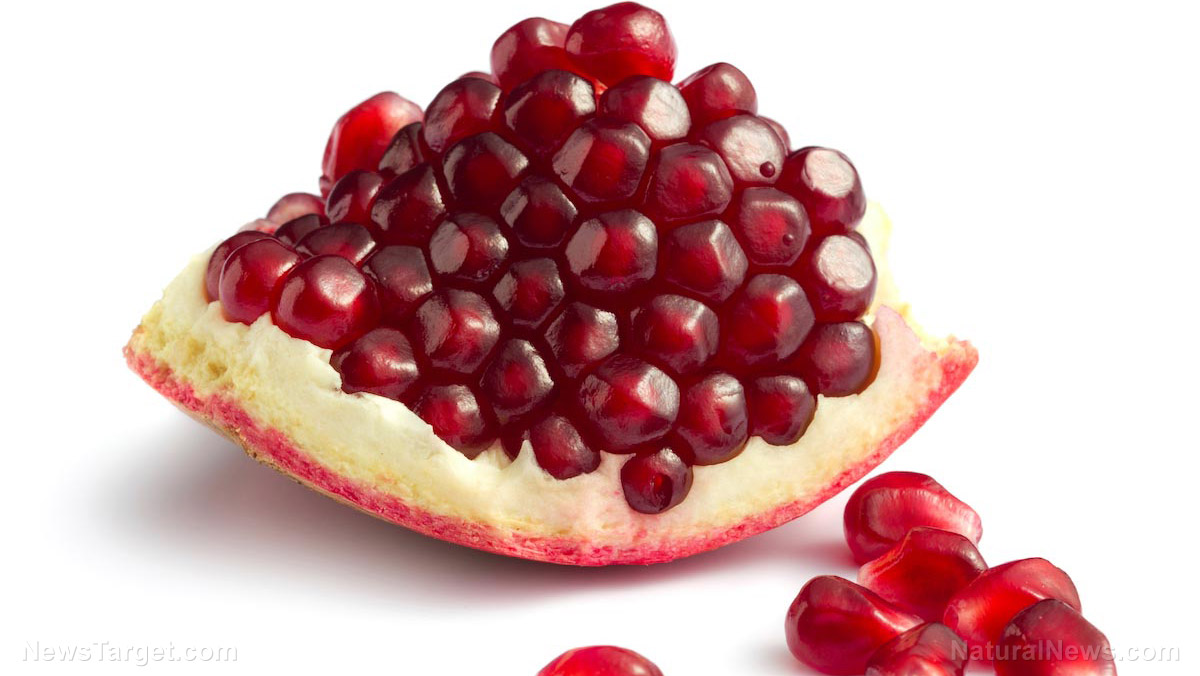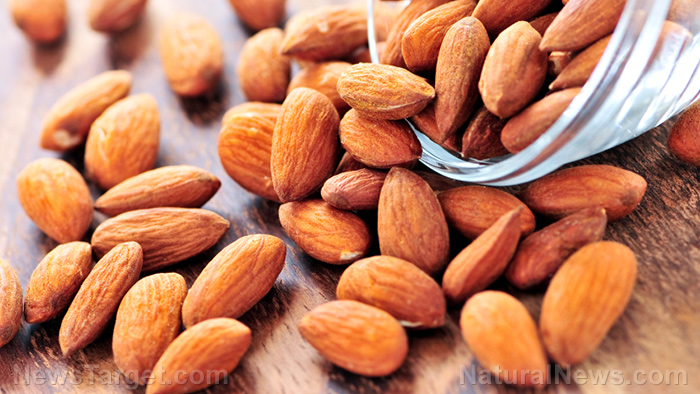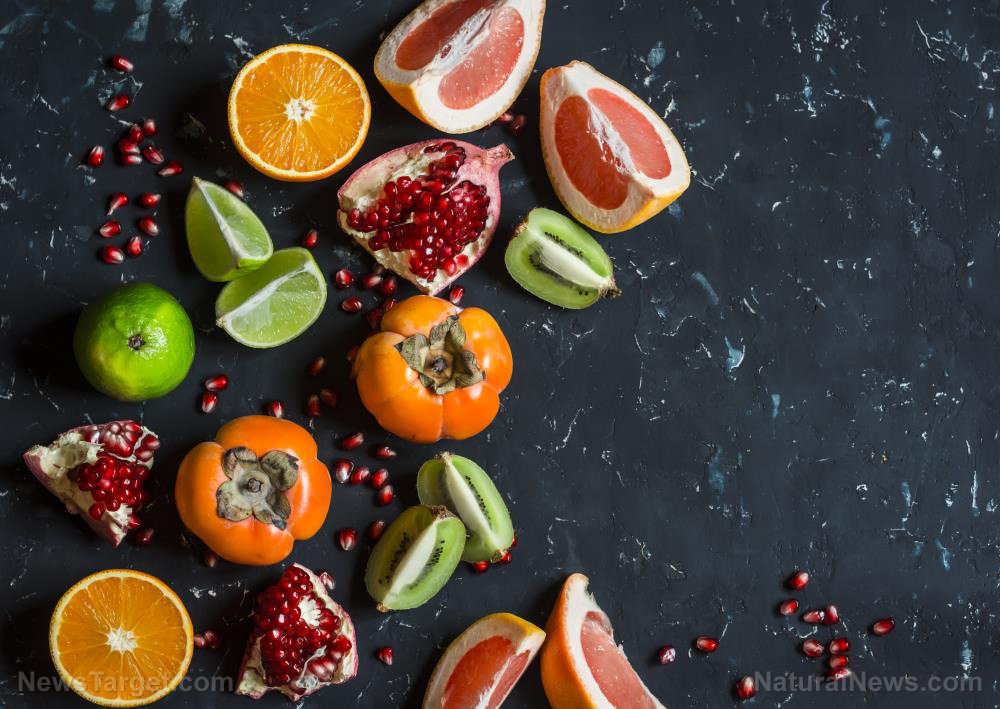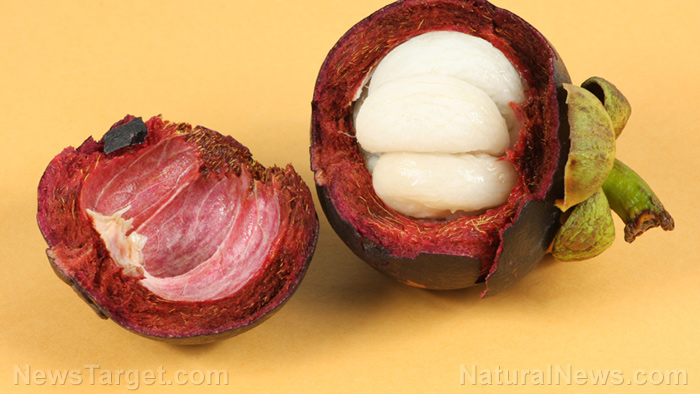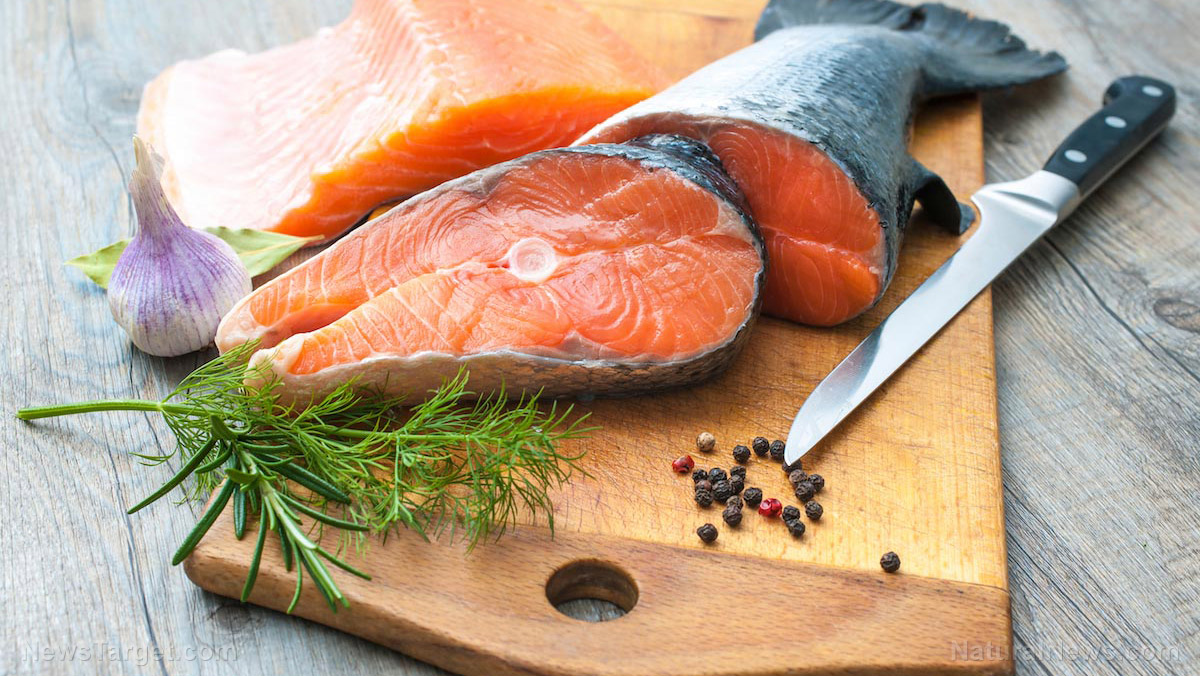Raw crushed garlic dramatically reduces your risk of metabolic syndrome
10/19/2018 / By Edsel Cook
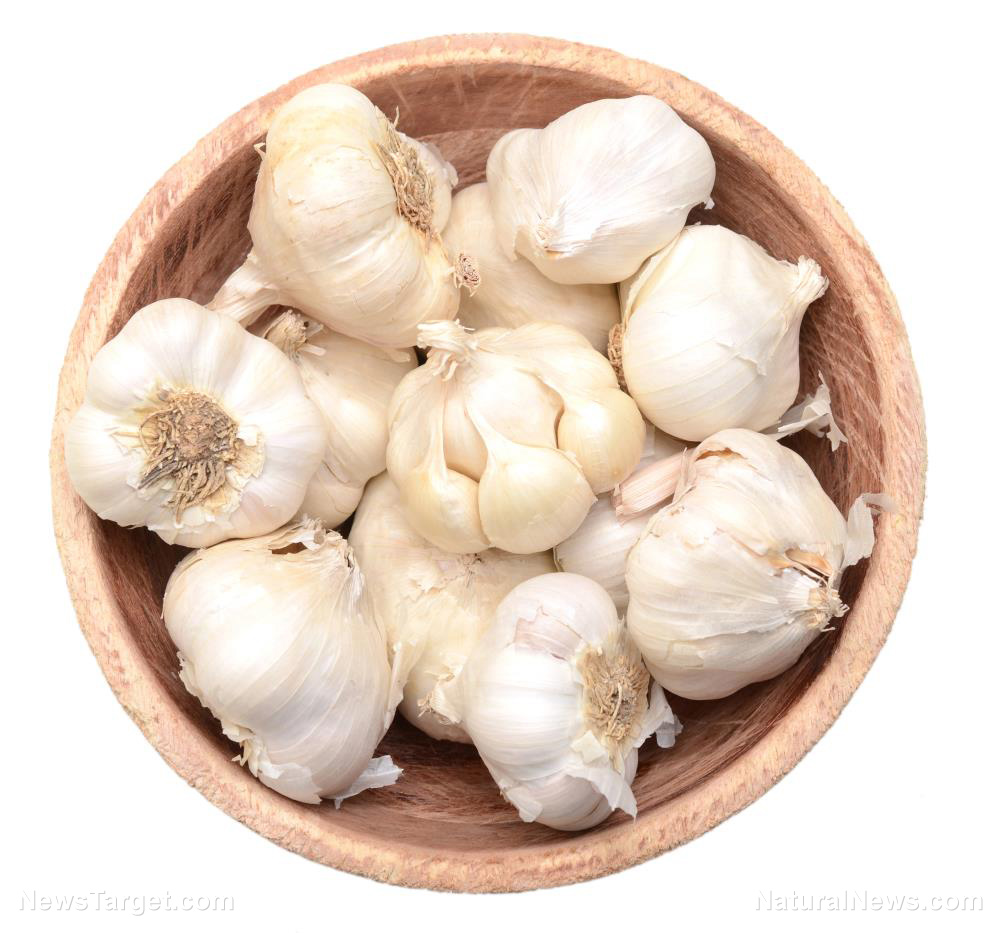
Indian researchers discussed the beneficial effects of raw crushed garlic (Allium sativum) on metabolic syndrome. When administered to patients with the health disorder, garlic homogenate was reported to decrease risk factors such as hypertension and harmful cholesterol levels.
The researchers received support from the R. N. T. Medical College. They published their scientific paper in the Journal of Dietary Supplements.
- Forty patients with metabolic syndrome participated in the experiment. They were picked at random from the diabetic center of the C. P. Medical College in Rajasthan, Indian.
- In addition to a standard diet, each participant received a dose of 100 milligrams per kilogram body weight (mg/kg BW) of raw crushed garlic. The treatment was administered twice a day for four weeks.
- The anthropometric and serum biochemical variables of the participants were taken at the at the start of the trial and again upon its conclusion. The results were statistically analyzed, and the evaluations before and after the crushed garlic treatment were compared to determine any differences.
- Consumption of raw crushed garlic greatly decreased the risk factors of metabolic syndrome. The preparation shrunk the waists of patients, lowered both systolic and diastolic blood pressure, reduced triglyceride and fasting blood sugar levels, and raised the concentration of high-density lipoprotein cholesterol.
- Patients with metabolic syndrome who ate raw crushed garlic for four weeks did not show noticeable changes in their body mass index.
Based on the results of their experiment, the researchers believed that raw crushed garlic has great potential as a natural means of preventing metabolic syndrome and a complementary treatment for existing treatments.
To read more articles about the metabolic benefits of garlic, go to Herbs.news.
Journal Reference:
Choudhary PR, Jani RD, Sharma MS. EFFECT OF RAW CRUSHED GARLIC (ALLIUM SATIVUM L.) ON COMPONENTS OF METABOLIC SYNDROME. Journal of Dietary Supplements. 28 September 2017;15(4):499–506. DOI: 10.1080/19390211.2017.1358233
Tagged Under:


